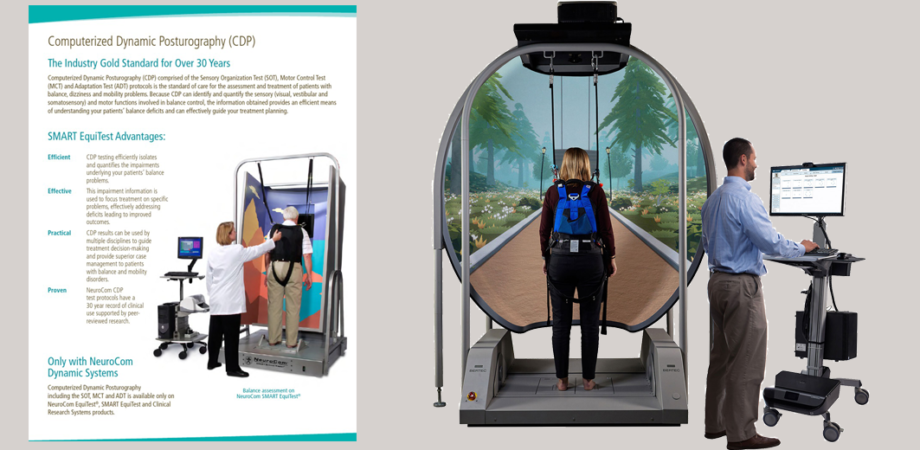Healthcare innovations are often unsuccessful because the developers and founders are not familiar with the concept of crossing the technology adoption chasm. This concept addresses the fundamental differences between early adopters and risk-averse mainstream buyers. Computerized Dynamic Posturography is an early example of a company’s success due to crossing the technology adoption chasm.
Complaints of imbalance are common in older adults and contribute to the risk of falling and are a cause of death and disability in this growing population in the United States. Balance is also influenced by the general health of the patient (i.e., muscle tone, strength, range of motion). Therefore, identifying and treating the underlying balance disorder can be difficult.
Computerized Dynamic Posturography (CDP) was first developed in the 1980s by Lew Nashner at NeuroCom, with initial support from NASA to evaluate the effects of space flight on vestibular function and balance control in astronauts. CDP can be used to quantify and differentiate between sensory, motor and central impairments in balance control.

